Blog Posts Tagged Technical Content
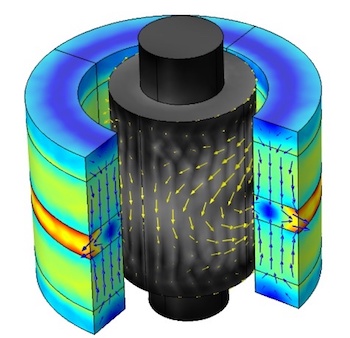
How to Model Magnetic Bearings in COMSOL Multiphysics®
Get an in-depth introduction to the different types of magnetic bearings and then learn how to compute their magnetic force, torque, magnetic stiffness, and more.

Verify Simulations with the Method of Manufactured Solutions
The Method of Manufactured Solutions involves assuming a solution, obtaining source terms, solving the problem, and comparing the results with the assumed solution. Use it to verify your models.

Tracking Material Damage with the Previous Solution Operator
We demonstrate how to use the Previous Solution operator to track material damage in your simulation, using an example of “baking off” of a thin coating on a wafer heated by a laser.
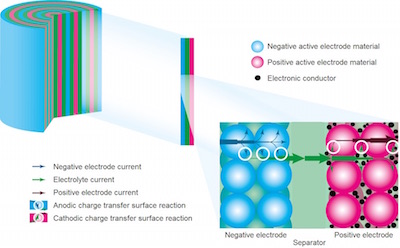
Studying Impedance to Analyze the Li-Ion Battery with an App
Check out the Lithium-Ion Battery Impedance demo app, which is an example of how apps can be used to interpret the impedance of specific lithium-ion battery designs — with minimal effort!
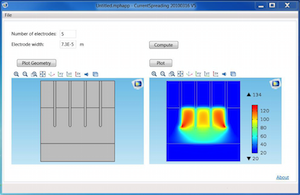
Building an IR Microscope App at ZINK Imaging
A guest blogger from ZINK Imaging shows off a simulation app he built from a simple thermal model of an IR microscope. Learn more and see his step-by-step process for creating an app.
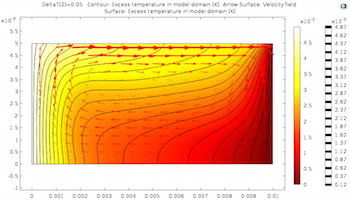
Modeling Marangoni Convection with COMSOL Multiphysics
When a surface gradient is temperature dependent, the Marangoni effect is called Marangoni convection. Learn how to analyze Marangoni convection in COMSOL Multiphysics®.
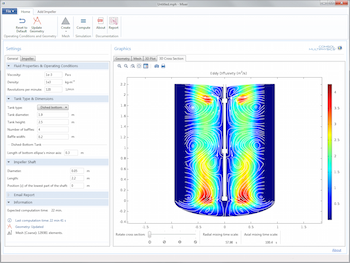
Intro to Optimizing Mixer Design by Creating an App
By building a simulation app to study mixer designs, you can easily test the influence that the vessel, impeller, and operational conditions have on the design’s mixing efficiency.
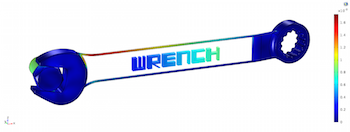
Postprocessing Local Data Using Component Coupling
Derive numerical values. Create new coordinate systems. Link different components in the same model. How can you accomplish all of these tasks? By using Component Coupling operators.
